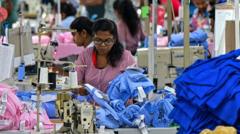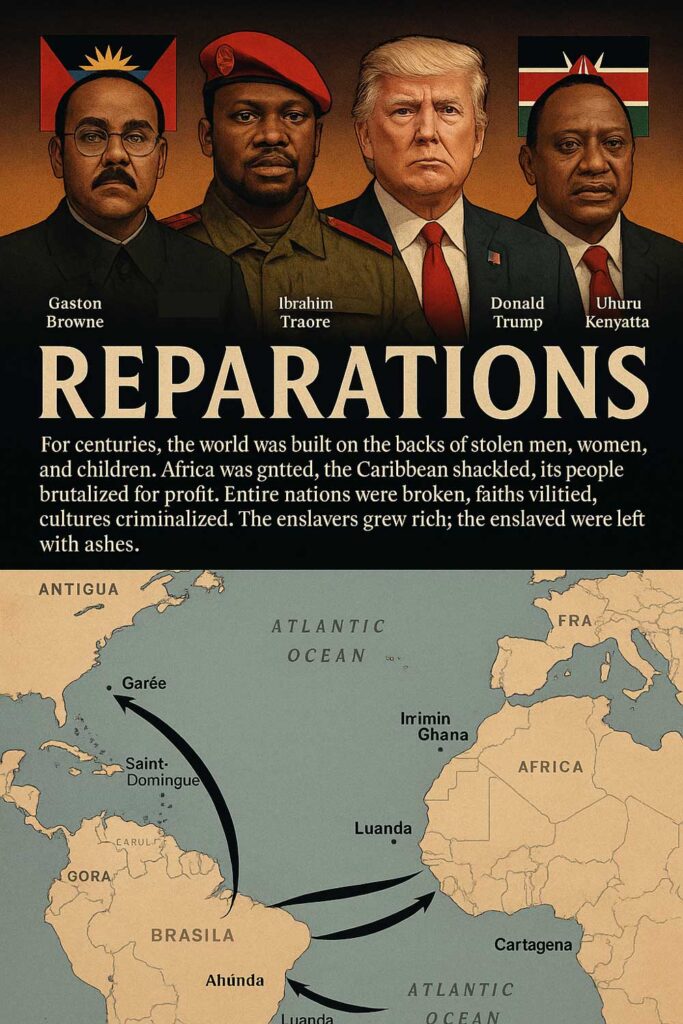As the clock ticks down to a new tariff implementation date, garment workers in Asia are staring down a bleak future. The looming tariffs, announced by the US government, have instilled a sense of anxiety among millions of employees in the apparel industry, particularly in Cambodia and Sri Lanka, who see their livelihoods in jeopardy.
On July 9, the US president signaled that new tariffs, adding levies of 36% and 30% on imports from Cambodia and Sri Lanka respectively, will commence on August 1, 2023. This announcement followed a 90-day pause that allowed countries to negotiate trade deals. Despite the proposed reductions from earlier proposals, fears remain palpable among workers who rely heavily on the US as their primary market for exports.
In Cambodia, Nao Soklin, a factory worker, articulated the widespread fears, expressing profound concern about job loss affecting her ability to feed her children. Earning a meager $570 monthly between her and her husband, the prospect of financial insecurity looms large. Her plea is echoed throughout the industry, with many garment workers sending messages to US officials in a desperate bid to have the tariffs lifted.
The apparel sector is crucial to Cambodia’s economy, exporting over $3 billion to the US last year and employing more than 900,000 people. Meanwhile, Sri Lanka’s garment industry, which provided 350,000 jobs and accounted for $1.9 billion in exports last year, is also bracing for the impact. Industry representatives are seeking negotiations to achieve more favorable terms to stave off economic disaster.
Both countries have been successful in gaining some concessions during discussions, but the negotiations continue to be fraught with difficulty. Leaders in Sri Lanka are hopeful for a significant reduction, while Cambodian authorities are also seeking further talks for adjustments to the tariffs.
The US administration claims that these tariffs aim to create a more reciprocal trading relationship. However, analysts argue that this approach overlooks the broad economic benefits provided by existing trade agreements that help reduce costs for US companies sourcing from countries like Cambodia and Sri Lanka.
The implications of the tariffs are particularly harsh on women, who compose the majority of the garment workforce in Asia. With wages already low, women workers face the highest risk of losing their jobs or suffering from reduced pay, further exacerbating poverty in the region. The potential for layoffs raises an urgent alarm, as many workers have expressed that they would resort to illegal means of employment in neighboring countries should their factories shut down.
As uncertainty looms, the fate of countless workers rests on the outcome of negotiations, and they look to the US leadership to rethink the decisions that jeopardize their futures and well-being. With a lack of educational opportunities and alternative job prospects, the stakes couldn’t be higher for these vulnerable communities.





















